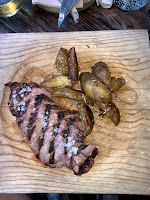Debate story: Cloning Valid or Naw?
Science and technology have been advancing exponentially. Scientists have been trying their best to help find cures to specific illnesses throughout the years. Some scientists suggest that the future of curing disease involves cloning. Others don't believe that cloning should be a part of human advancements. Cloning has been possible to some extent for many years now. Scientists worldwide are trying to find ways to increase the lifespan of humans, find suitable organ replacements, cure illnesses such as Parkinson's, diabetes, and so much more as science improves, the possibilities of completing more complex experiments increase. There are many types of cloning, and one might think that cloning means creating an exact replica of a living creature. But in reality, there are many different applications, such as generating specific organs and other critical biological structures. There's been great debate over the years if human cloning should be allowed. Ther...





